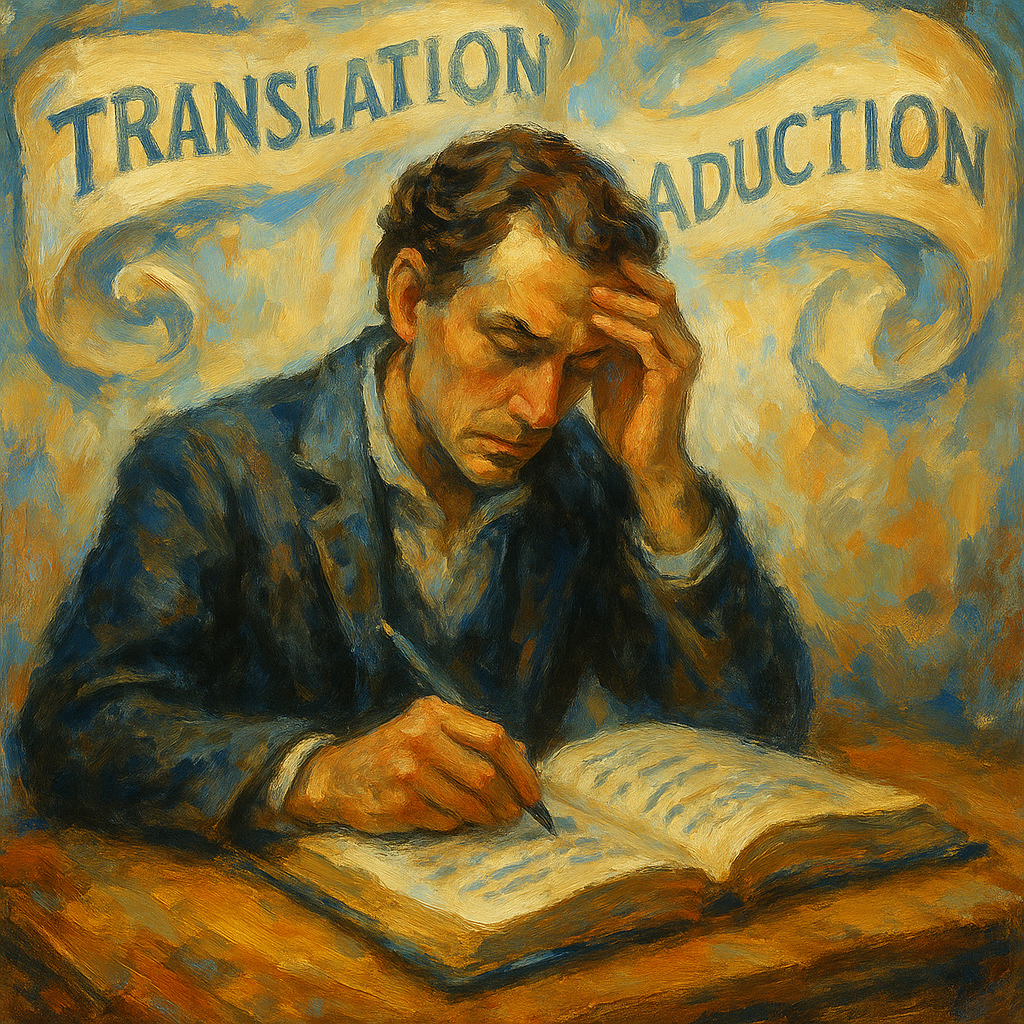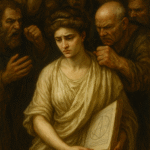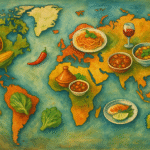Translation plays a pivotal role in bridging communication gaps across languages and cultures. But a lingering question remains: can translation be accurate? In this article, we delve into the complexities of translation, examining its challenges and the nuances that might affect accuracy.
Understanding Translation and Its Importance
Translation is more than just substituting words from one language to another. It requires cultural understanding, context evaluation, and not merely word-for-word replacement. As globalization continues to connect diverse cultures, the importance of translation accuracy becomes increasingly evident. Effective translation fosters clear communication and prevents misinterpretations that can lead to misunderstandings.
The Different Types of Translation
* Literal Translation: This type focuses on word-for-word translation, which can sometimes ignore context or idiomatic expressions.
* Dynamic Translation: This approach emphasizes conveying the overall meaning rather than sticking rigidly to the source text.
* Technical Translation: This entails translating specialized texts in fields such as medicine, engineering, or law, ensuring precision and clarity.
What Influences Translation Accuracy?
Understanding translation accuracy involves recognizing various factors:
1. Cultural Context: Languages carry cultural significance, which can alter the meaning of phrases.
2. Subject Matter Expertise: The translator’s familiarity with the content influences how accurately they can convey information.
3. Language Nuances: Each language has unique idioms and expressions that may not have direct counterparts in other languages.
Challenges in Achieving Accurate Translation
Language Translation Issues
Numerous challenges arise when determining if can translation be accurate. Some of these challenges include:
* Ambiguity: Words with multiple meanings can lead to confusion.
* Cultural References: Idioms and cultural references may not translate well.
* Technical Jargon: Specialized vocabulary can complicate translation tasks.
The Art versus Science Debate
Another perspective to consider when addressing can translation be accurate is whether translation is an art or a science.
* Art: It requires creativity and a deep understanding of both cultures.
* Science: It demands precision, especially in technical translations.
This duality raises questions about the reliability of translation. Many translators must tap into both skill sets to provide accurate translations. According to the Academic Research Portal, studies indicate that translating with cultural sensitivity often improves accuracy rates significantly.
Ensuring Translation Reliability
To achieve higher levels of professional translation accuracy, consider the following:
* Use Qualified Translators: Professionals with expertise in the specific subject matter are more likely to produce accurate translations.
* Translation Tools: Utilize translation software, like CAT tools, that assist translators in maintaining consistency.
* Peer Reviews: Collaborate with other translators for reviewing work.
Tools and Resources for Accurate Translation
1. Translation Memory Tools: These tools help translators maintain consistency in terminology and phrasing across documents.
2. Glossaries: Create comprehensive glossaries that define key terms relevant to the subject matter.
3. Expert Consultation: Consider involving subject matter experts in the review process.
The Role of Technology in Translation Accuracy
As technology advances, tools assisting with translation, such as AI and machine learning algorithms, are gaining traction. These tools can improve efficiency and accuracy. While they are helpful, human translators still play an essential role due to their ability to interpret nuances.
According to the Government Research Database, technology can assist in reducing translation errors by up to 80%, but human oversight is crucial for maintaining context and cultural relevance. This demonstrates that blending technology with human expertise can yield the most trustworthy results.
Can Translation Be Accurate?
In conclusion, the question of can translation be accurate hinges on various factors, including the expertise of the translator, cultural nuances, and the tools utilized during the translation process. While achieving perfect accuracy might be challenging, a combination of skilled translators, advanced technologies, and thorough review processes can significantly enhance the reliability of translations.


